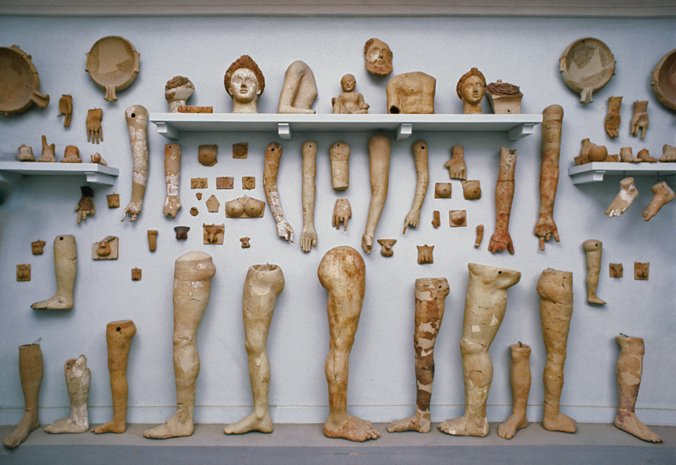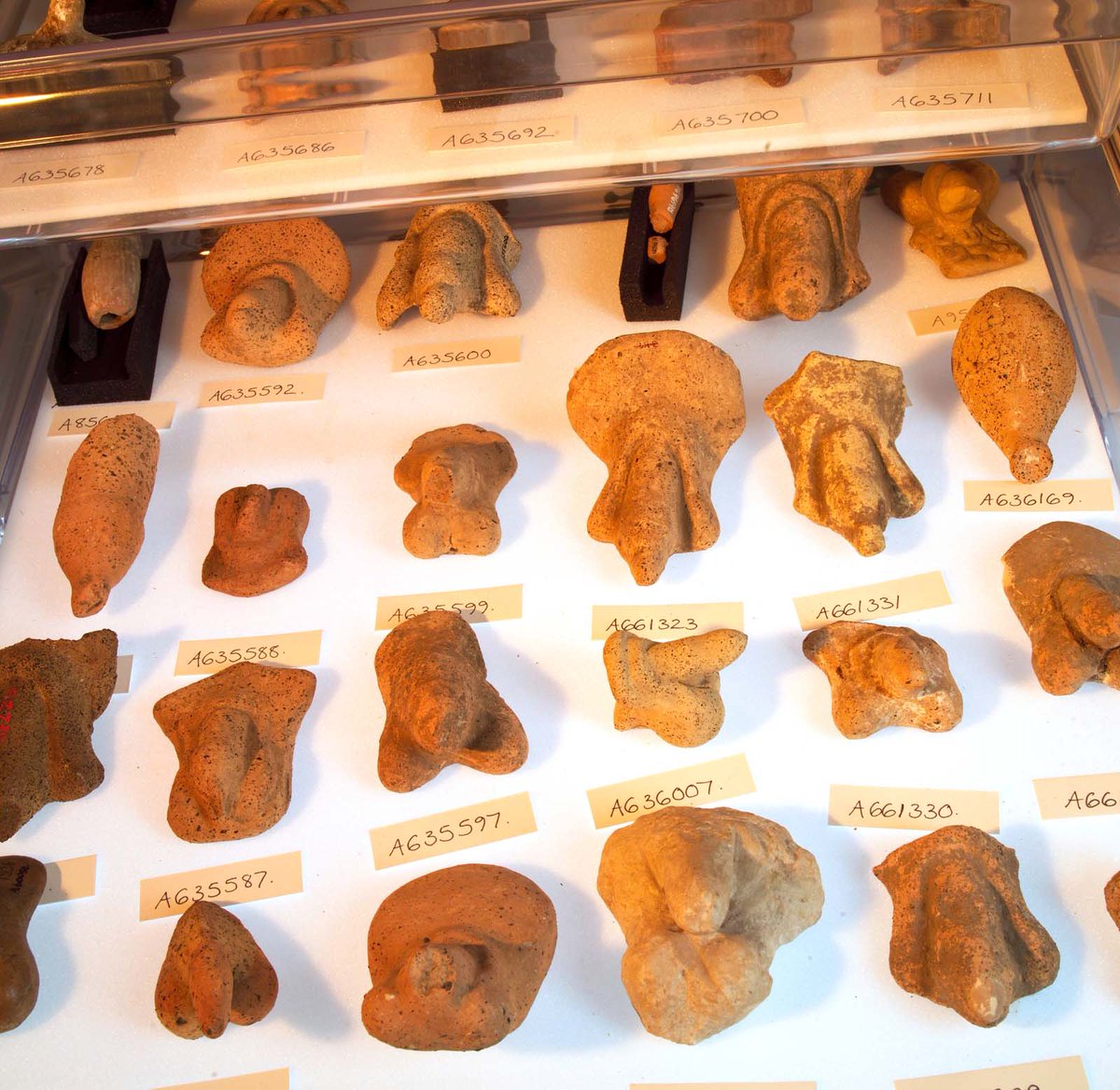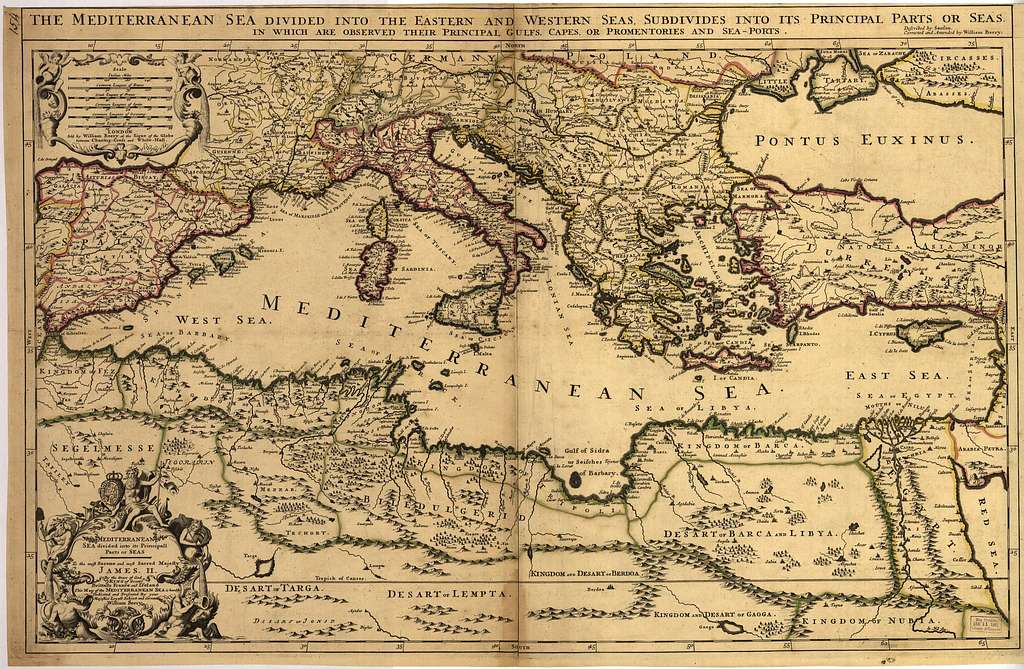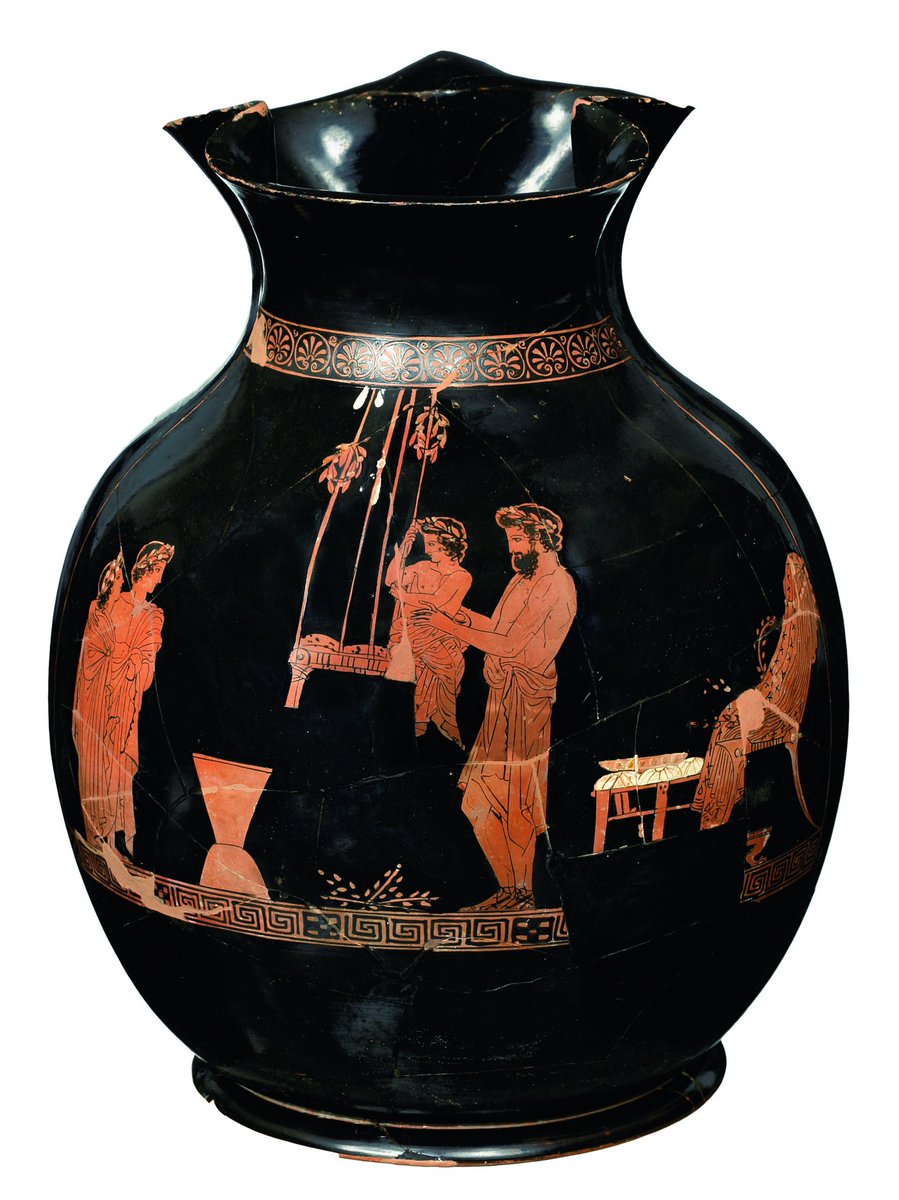Entering an ancient Greek sanctuary what you would have seen? Dismantled body parts made of clay was undoubtedly something common and expected..heads, arms, legs, genitalia. Everything.
Small #Thread about this very interesting Greek practice
#Archaeology #Ancientgreeece
Small #Thread about this very interesting Greek practice
#Archaeology #Ancientgreeece

People in ancient Greece they’d go to temples/sanctuaries associated with a healing deity. Asclepius was the most important of those and his sanctuaries were the equivalent of our idea of a hospital or medical center. 

"After Asclepius “cured” them in exchange for an offering or a fee, grateful supplicants dedicated votives in the shape of the body part he healed. It’s believed such carvings either commemorated successful healings or were requests to get him to pay attention to ailing limbs" 

"Models of genitals, breasts, eyes, ears, and limbs were pierced and hung from the ceiling; reproductions of larger portions of the body, such as torsos or entire heads, were put on shelves"
Read⤵️ atlasobscura.com/articles/greek…
Read⤵️ atlasobscura.com/articles/greek…

This practice survived through the centuries. Greek Orthodox churches and monasteries are usually hosting a variety of votives from people pleading or thanking some saint for his help. 

• • •
Missing some Tweet in this thread? You can try to
force a refresh















